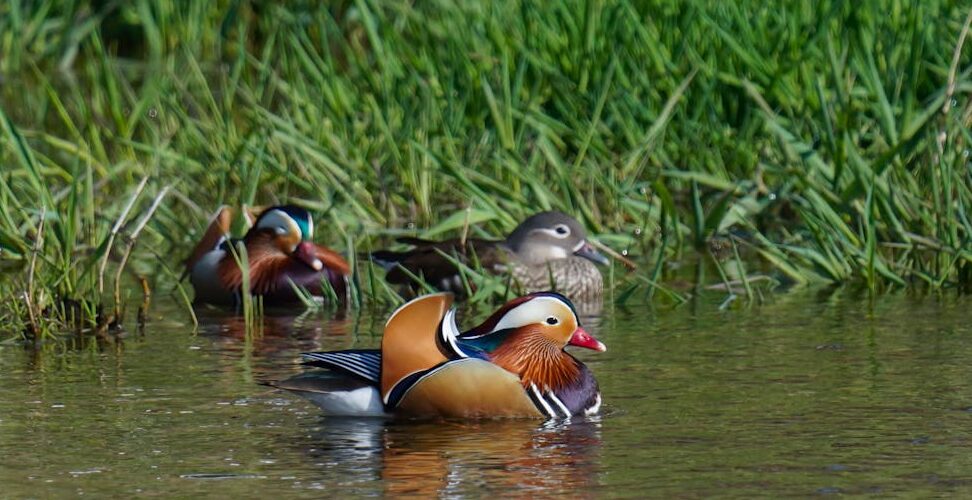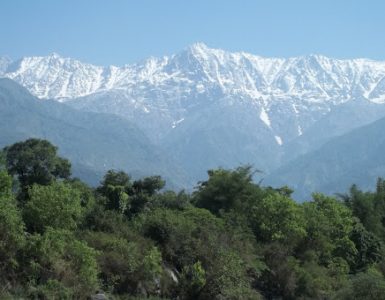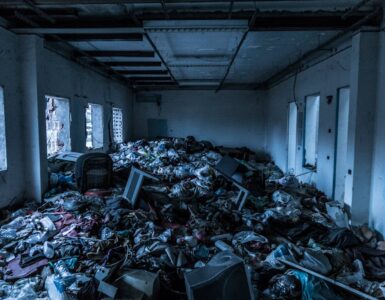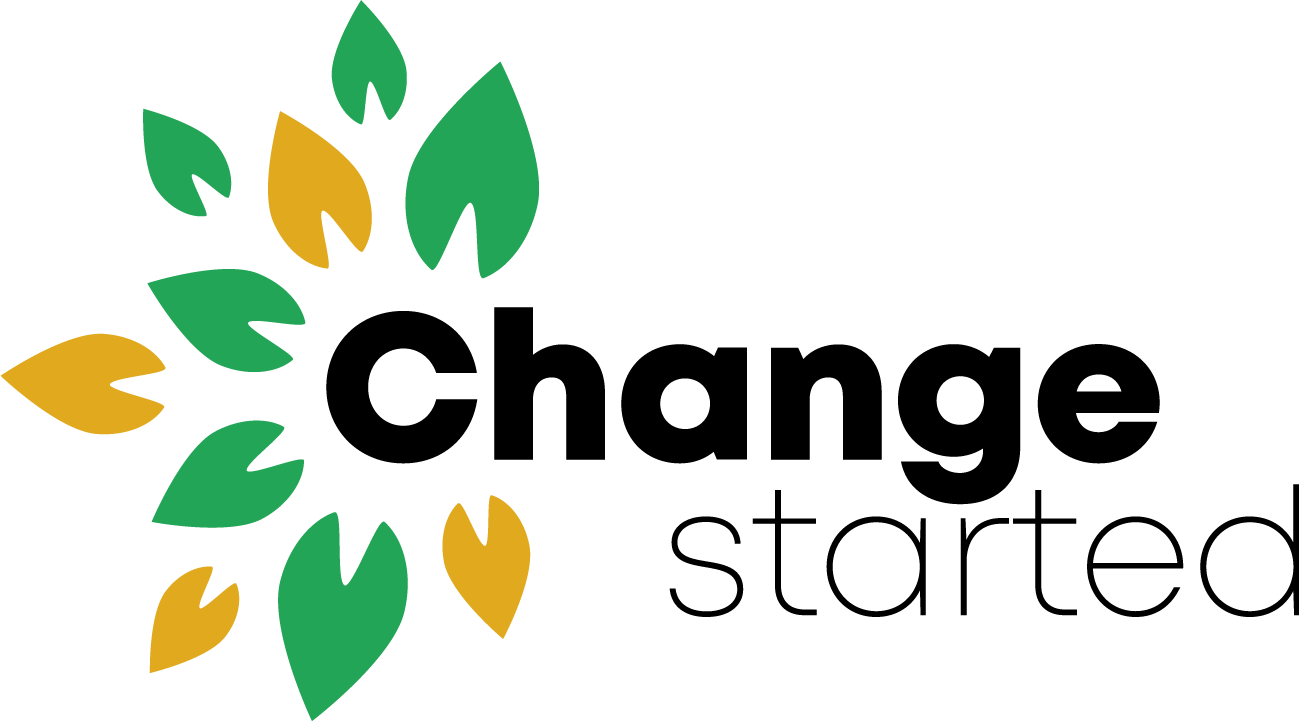In December 2024, India’s Minister of State for Forest, Environment and Climate Change Kirti Vardhan Singh launched ‘Nano Bubble Technology’ at the National Zoological Park in Delhi.
Nano Bubble Technology was introduced to clean and purify the dirty pond water of Delhi Zoo to promote the health of aquatic animals. It is being tested in India’s zoo for the first time as a 15-day trial which if proved successful, will be used in other zoos.
The technology is a method of water treatment that uses tiny bubbles to improve water quality.
The important ecological benefits are to remove contaminants, increase dissolved oxygen content, help in the removal of phytoplankton (algae), reduce biofilm, and ultimately improve the properties of water suitable for aquatic animals like crocodiles, birds, etc.
The technology can lead to a more homogeneous distribution due to the minuscule size and persistence of the bubbles in the water bodies. On the other hand, traditional systems may exhibit less uniformity in distribution, which can result in variable oxidation and disinfection performance across the water volume.
It is important to ensure clean water as it prevents foul smells, algae buildup, and discolouration often caused by dirty pond water. The new technology will improve water quality and provide a safe habitat for the animals.
The Management of National Parks and Sanctuaries, including those Protected Areas having aquatic animals, is done as per the Management Plan prepared under the provisions of the Wild Life (Protection) Act, 1972.
These include maintaining water level, water circulation and dilution, silt removal, aeration, establishing STP along the water bodies and aquatic weed removal through mechanical and manual methods.
The Central Zoo Authority, in fulfilment of the functions assigned, implemented the standard and norms, inclusive of proper hygiene and health of all captive animals in zoos including aquatic animals, as prescribed in the Recognition of Zoo Rules, 2009 notified by the Central Government under section 63 of the Wild Life (Protection) Act, 1972.
Further, the Central Zoo Authority has issued guidelines to zoos from time to time for proper hygiene and health of all captive animals in zoos.
As nano bubble technology has been used in India for water treatment on a pilot basis, the long-term impact of this technology on water quality and animal health can be known in due course of time.






Add comment